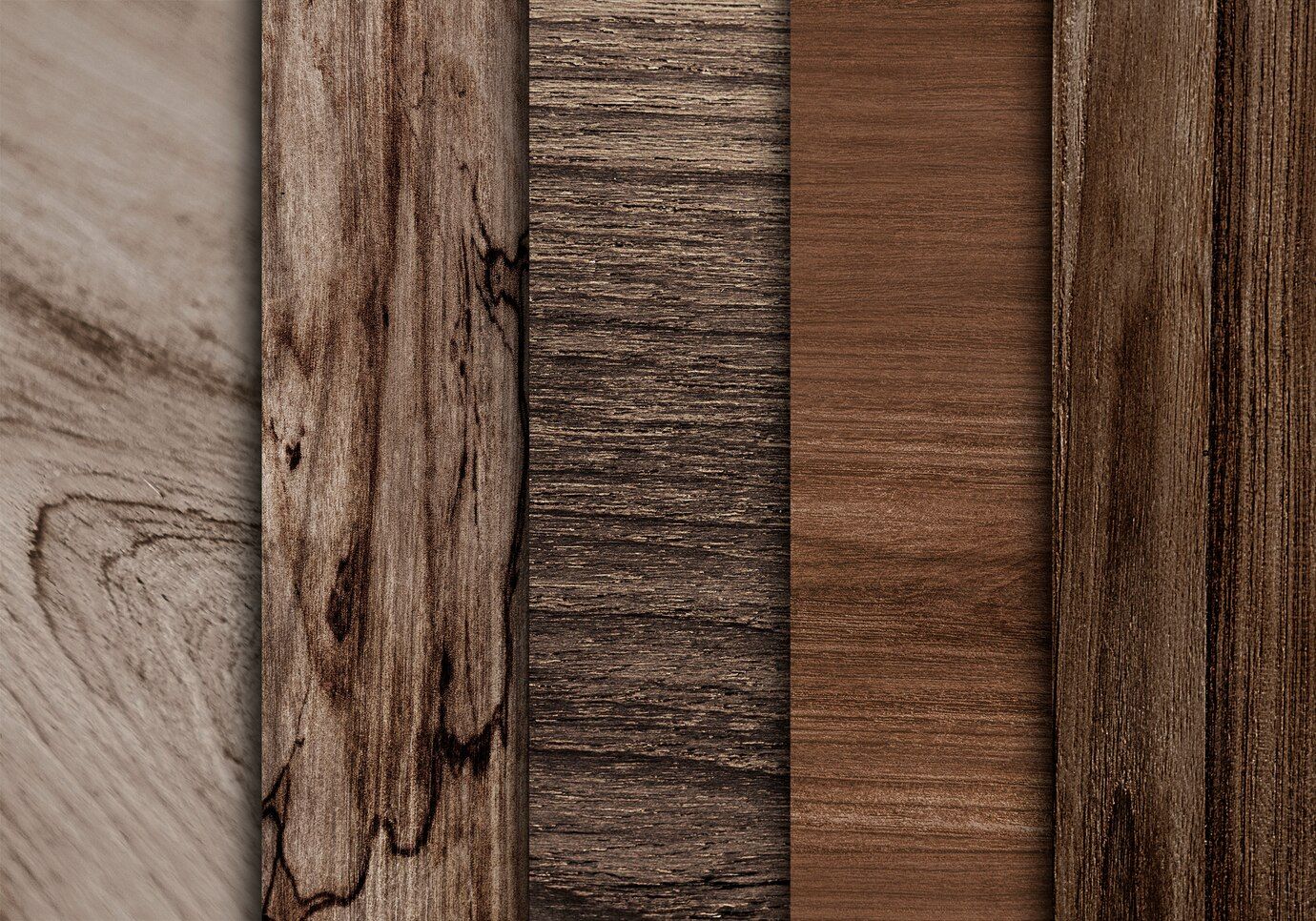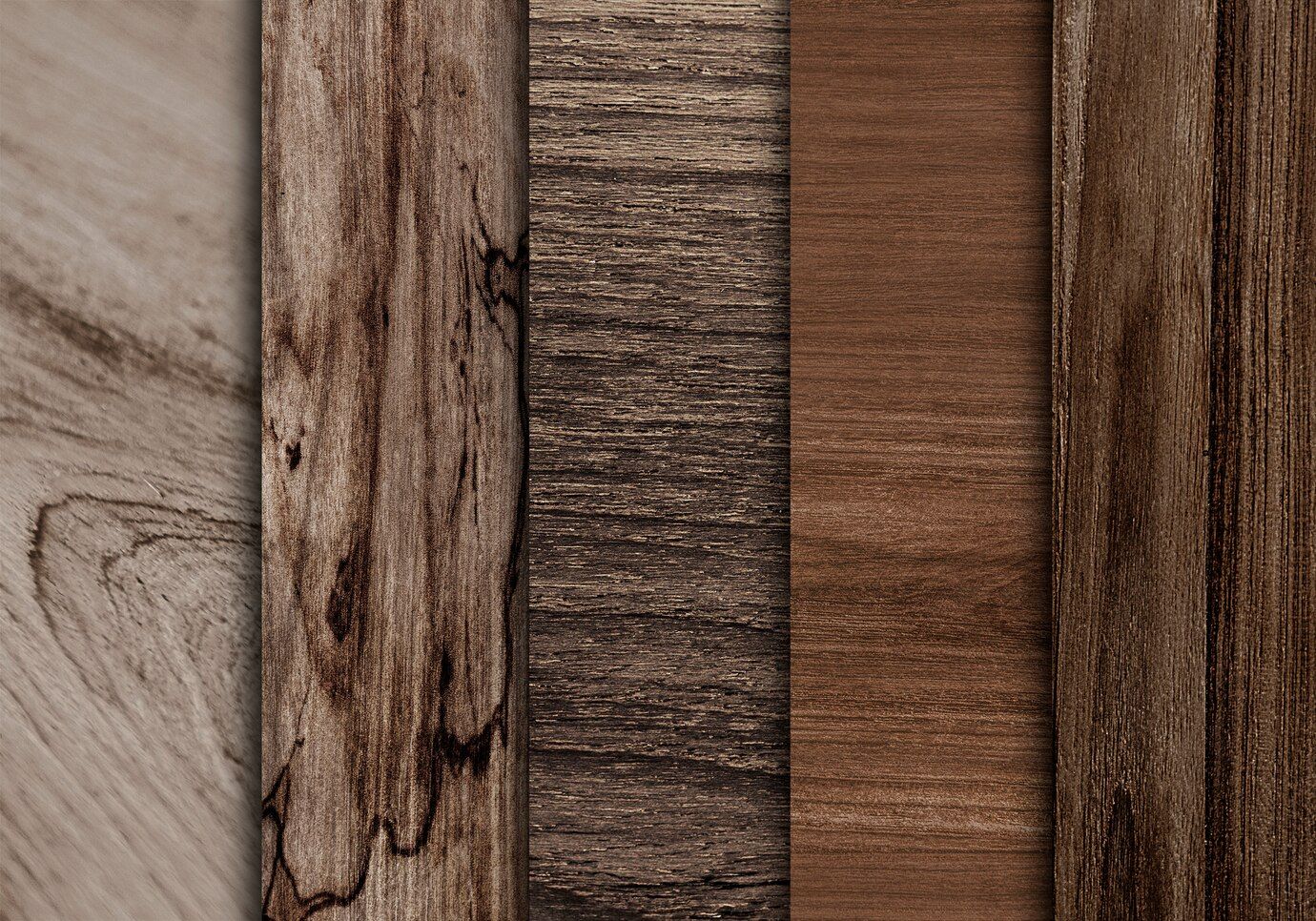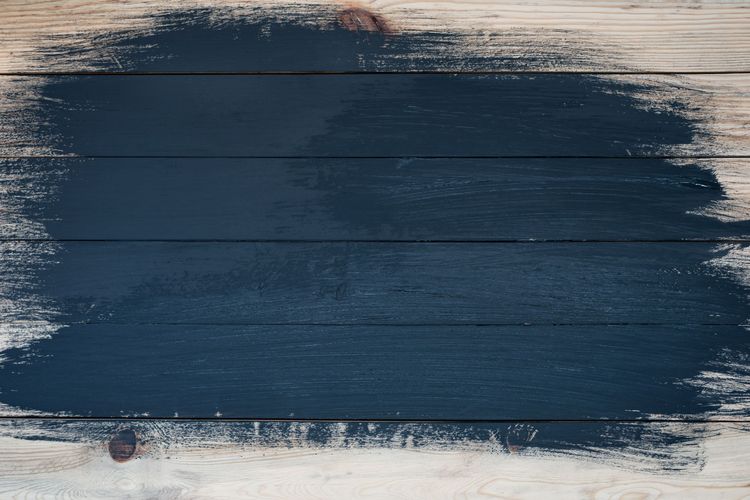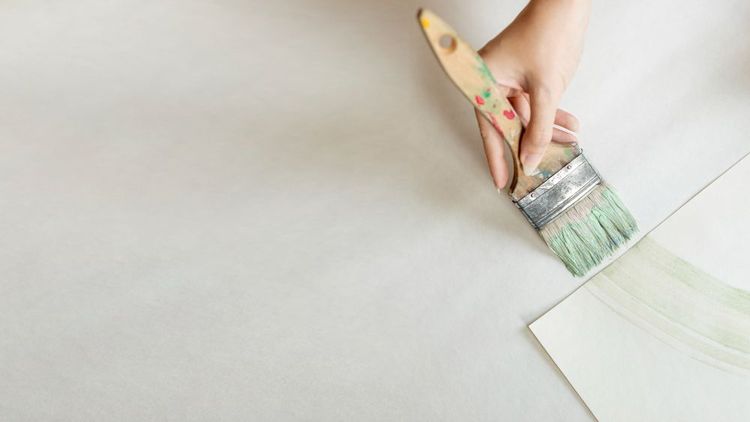Benefits of hardwood flooring

Hardwood flooring is a classic choice that is appreciated for its natural beauty, durability and eco-friendliness. Thanks to its strong structure and ability to withstand multiple restoration cycles, such floors not only retain an attractive appearance for decades, but also add a special coziness and warmth to the interior. In this article, we will look at the main benefits of hardwood floors and explain why they remain one of the most sought-after flooring options for homes and apartments.
What are the benefits of hardwood floors
Hardwood floors offer a number of benefits that make them one of the most popular options for creating a stylish and durable interior.

One of the main benefits is durability. Hardwood is resistant to wear, scratches and damage, making it an ideal choice for high-traffic areas. With proper care, these floors can last for several decades and retain an attractive appearance, and can be easily restored and sanded if necessary.
Natural beauty and unique style are also important arguments in favor of hardwood. The natural textures and shades of wood create a unique atmosphere, bringing warmth and coziness to a room. Hardwood floors perfectly complement both classic and modern interiors, adding status and elegance.
Eco-friendliness is another important advantage. Hardwood floors are a natural and renewable material that does not emit harmful substances. Unlike synthetic coatings, wood is hypoallergenic and creates a healthier atmosphere in the home.
Increased property value is another benefit of hardwood. These floors are considered a quality and prestigious flooring, which positively affects the valuation of the property when selling or renting. Investing in hardwood floors pays off in terms of both durability and the ability to increase the market value of the home.
Thus, hardwood floors are a combination of durability, aesthetics, and sustainability, making them a favorable and stylish solution for any interior.
What types of wood are used
A wide range of species are used for hardwood floors, each with its own unique characteristics suitable for different interiors and environments. One of the most popular species is oak, a strong and durable material with a beautiful texture and a rich palette of shades ranging from light to dark. Oak floors are resistant to wear and tear, easy to restore and suitable for both classic and modern styles.

Ash is also popular due to its density and resilience. It has a light shade with a distinctive grain, making it a great choice for light and airy rooms. Ash is resistant to damage and warping, making it a good option for high-traffic areas.
Maple offers a lighter, almost white hue and a uniform texture. Maple flooring gives interiors a clean and airy feel, ideal for minimalist or Scandinavian styles. At the same time, maple has a high density, which makes it resistant to scratches and wear.
Teak and walnut are often used to create premium interiors. Teak, with its natural oily texture, is resistant to moisture and is well suited for wet areas such as kitchens or even bathrooms. Walnut, on the other hand, is characterized by its deep brown hue and gives the floor a luxurious, warm look, perfectly complementing classic interiors.
Each type of wood has its own aesthetic and functional characteristics, so choosing the right type depends on the interior style, operating conditions and the owner's personal preferences.



